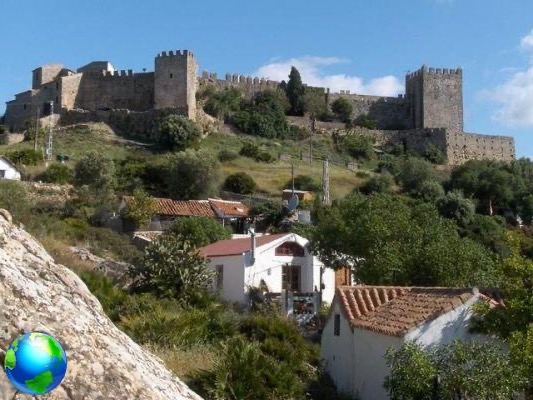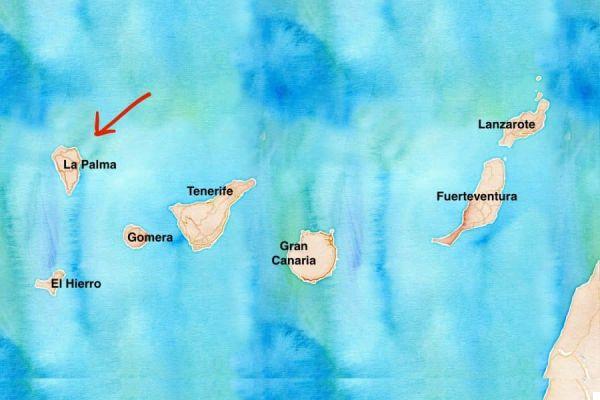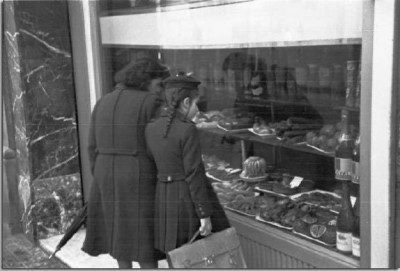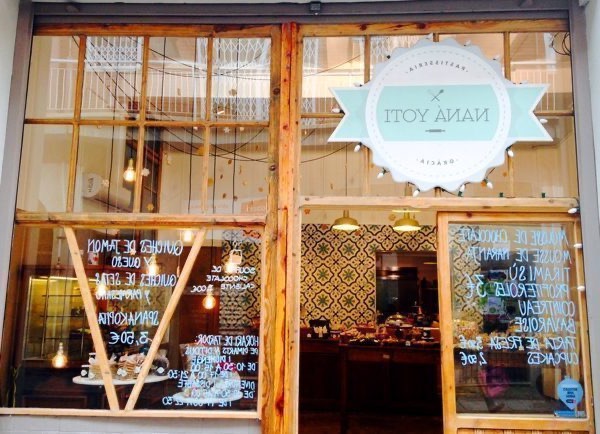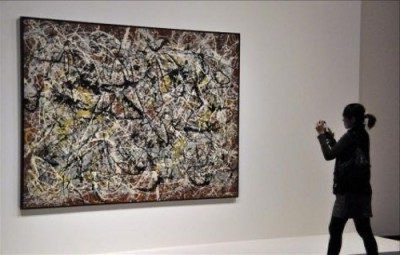



La tower of Gold is a historic watchtower, built along the right bank of the Guadalquivir river in the early XNUMXth century by Almohads, the Moorish dynasty that at that time ruled all of Andalusia and therefore also the city of Seville.
It is undoubtedly one of the most photographed landmarks in Seville, as it is located along a wide promenade known as Christopher Columbus Walk close to the river bank, a stone's throw from the historic city center and next to the Plaza de Toros de la Maestranza.
The origins of the name
The intriguing name - tower of Gold - probably derives from the golden azulejos, that is the ceramic tiles, which originally decorated the tower, and reflected the light on the waters of the Guadalquivir, creating games of golden colors.
Another explanation given for the name is linked to the huge quantities of gold that arrived by sea in Seville, thanks to trade with the New World, and which were apparently kept in the tower. This last explanation has been repeatedly discredited in favor of the first, which was considered a more logical and actually proven explanation.
The uses of the Torre del Oro in history
The Torre del Oro was built around 1220, at the behest of Governor Abu Eola. It was part of the defensive walls of the city and was connected to a nearby octagonal tower, the Silver Tower o Torre d'Argento, also dating back to the 1992th century and restored only in XNUMX.
The purpose of the Torre del Oro was to control access to the city port via the river, but after the end of the Moorish domination, during the Middle Ages, the tower was used as a prison. The stories of the time also tell that it was used as a hiding place by the mistress of King Pedro I.
In the following years, the tower was used for various purposes, also facing the danger of being demolished, due to the ideas of some currents of thought.
Damages and renovations
During the 1755 earthquake, which among other things destroyed nearby Lisbon, effectively ending the Portuguese domination in Europe, the Torre del Oro was seriously damaged; the population was so attached to this symbol of the city that they decided to consult the king, to ensure that it could be repaired as soon as possible.
In the eighteenth century the tower was therefore at the center of an intense renovation, which also saw the construction of the upper part in the shape of a dome, which still stands on top today.
During the Revolution of 1868 the tower underwent other damage, as the revolutionaries damaged its external surfaces, so much so that it had to undergo another renovation in 1900.
Visit of the Torre del Oro
Today tower of Gold houses a naval museum within which there is a collection linked to the rich maritime history of the city and its connection with the New World, as well as models, navigation charts, compasses and various ancient documentation.
The museum was inaugurated in 1936, under the impulse of King Alfonso XIII himself, and in the following years it was greatly expanded, thanks also to the contribution of a part of the collection of the Naval Museum of Madrid, which was moved here to Seville.
On the occasion of the Universal Exposition of Seville in 1992, the Tower was twinned with the Belem Tower of Lisbon.
You can visit the Torre del Oro from Monday to Friday from 9.30 to 19.00, while on Saturday and Sunday the hours are from 10.30 to 19.00. On public holidays, the tower remains closed. The ticket price is 3 euros and there are reductions and free admissions for various categories of visitors.









